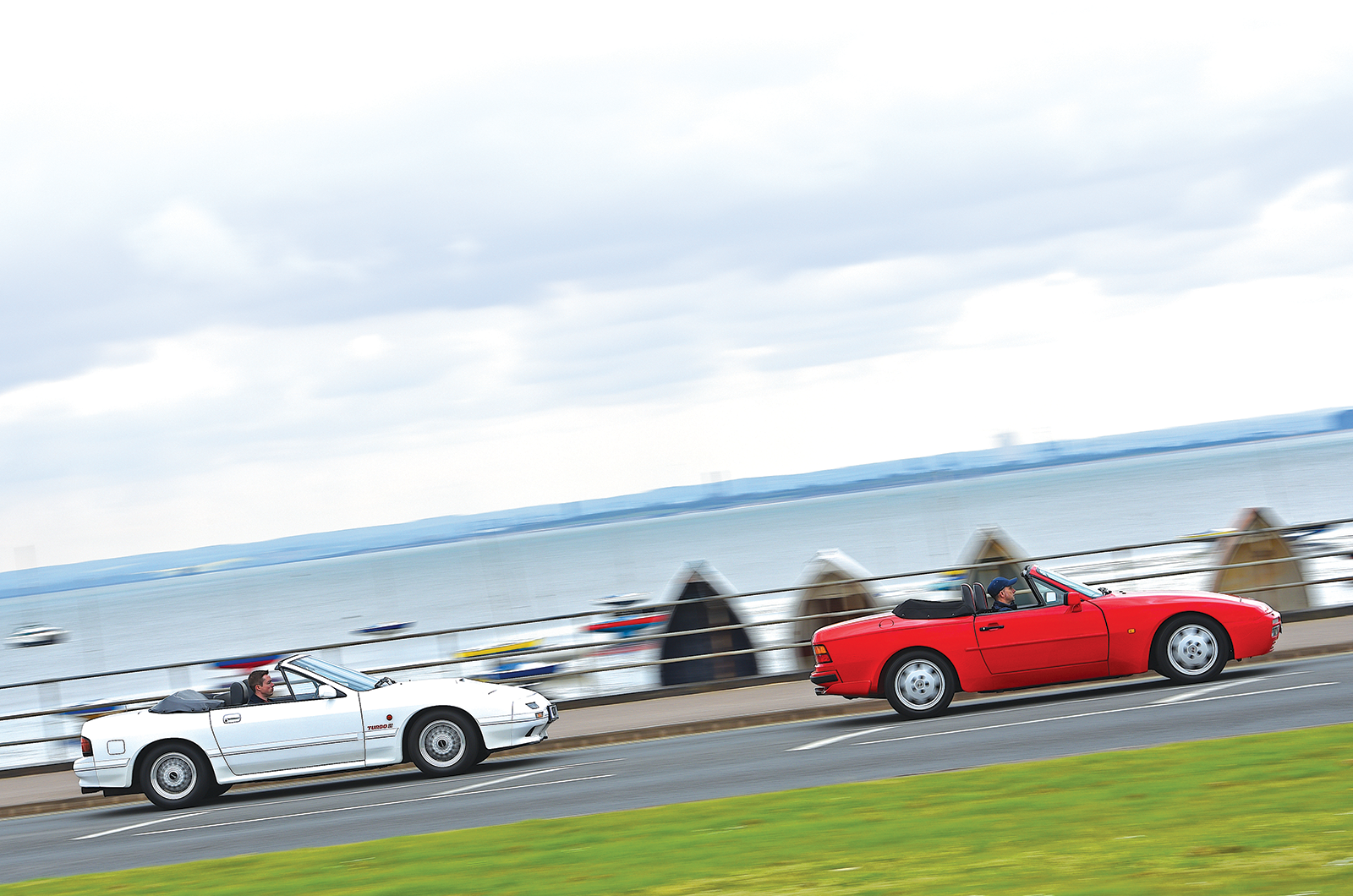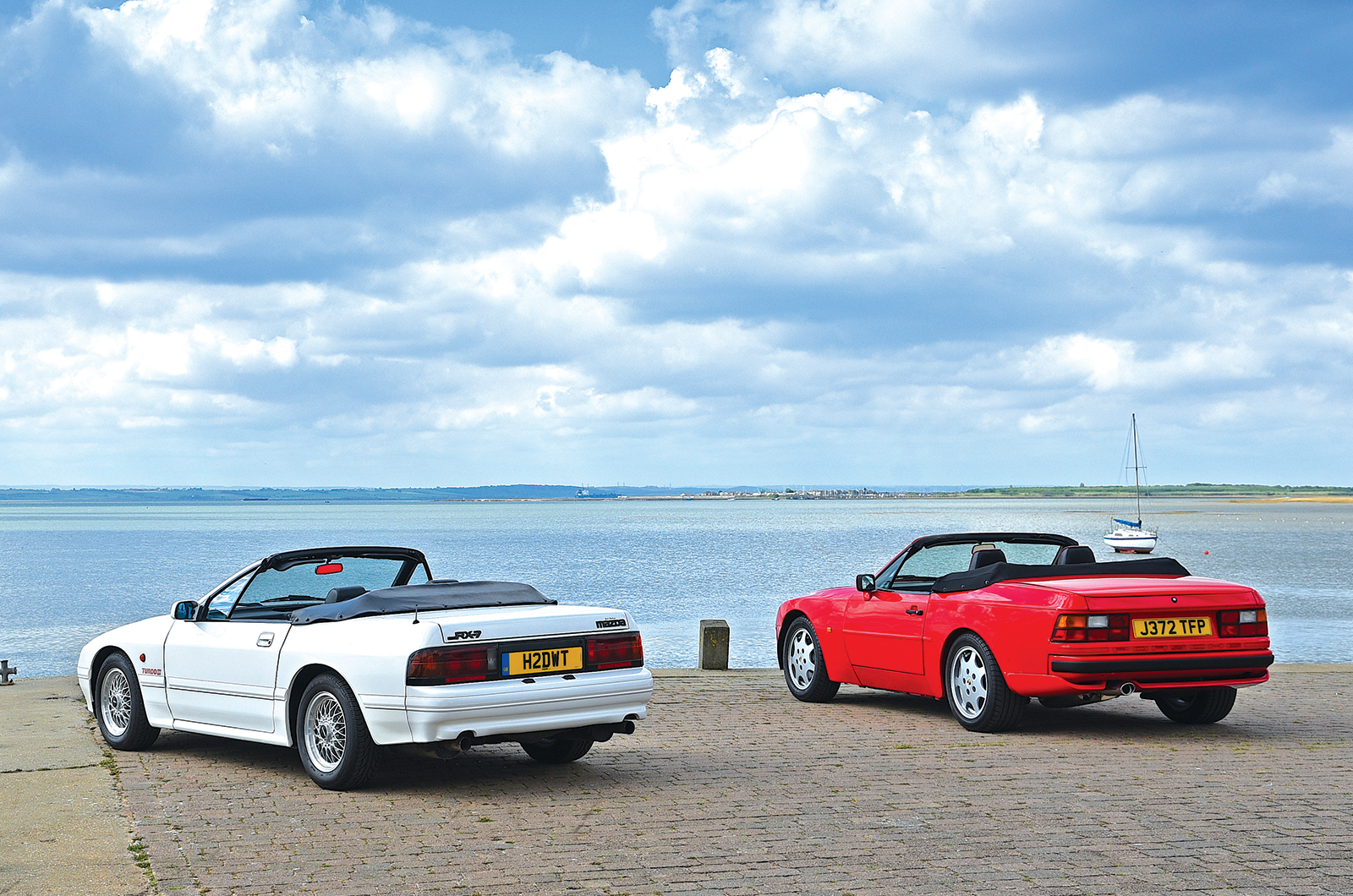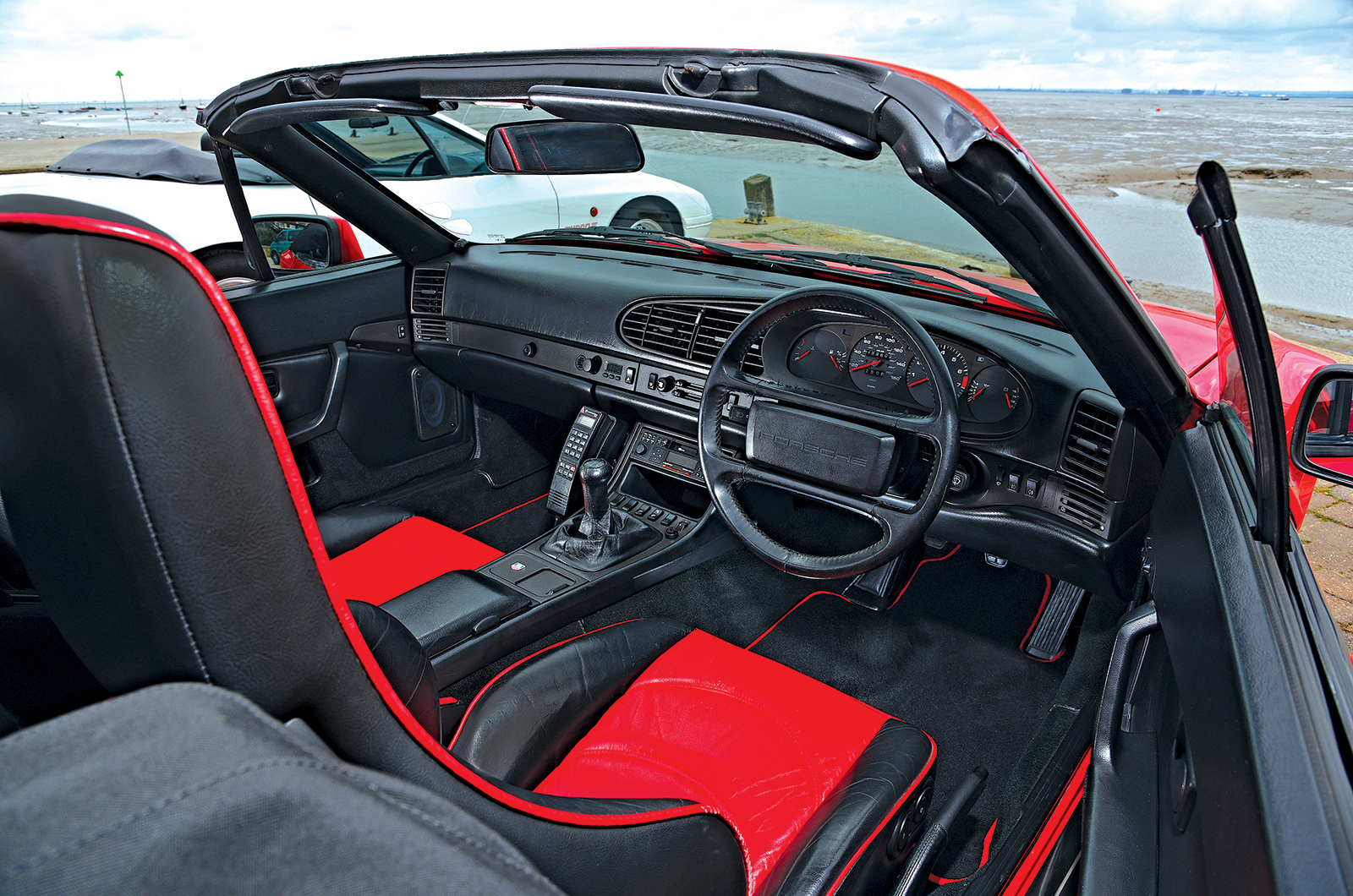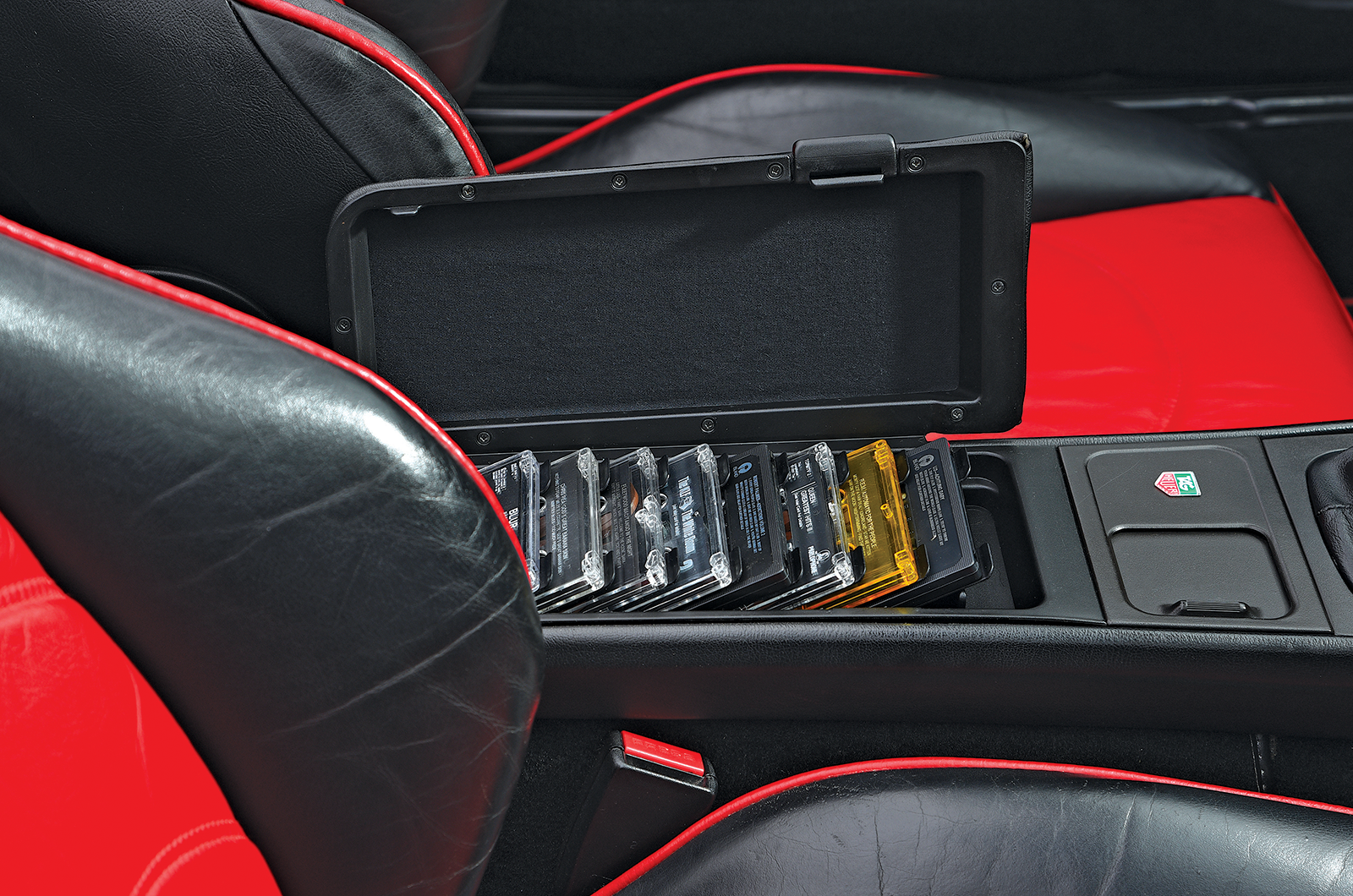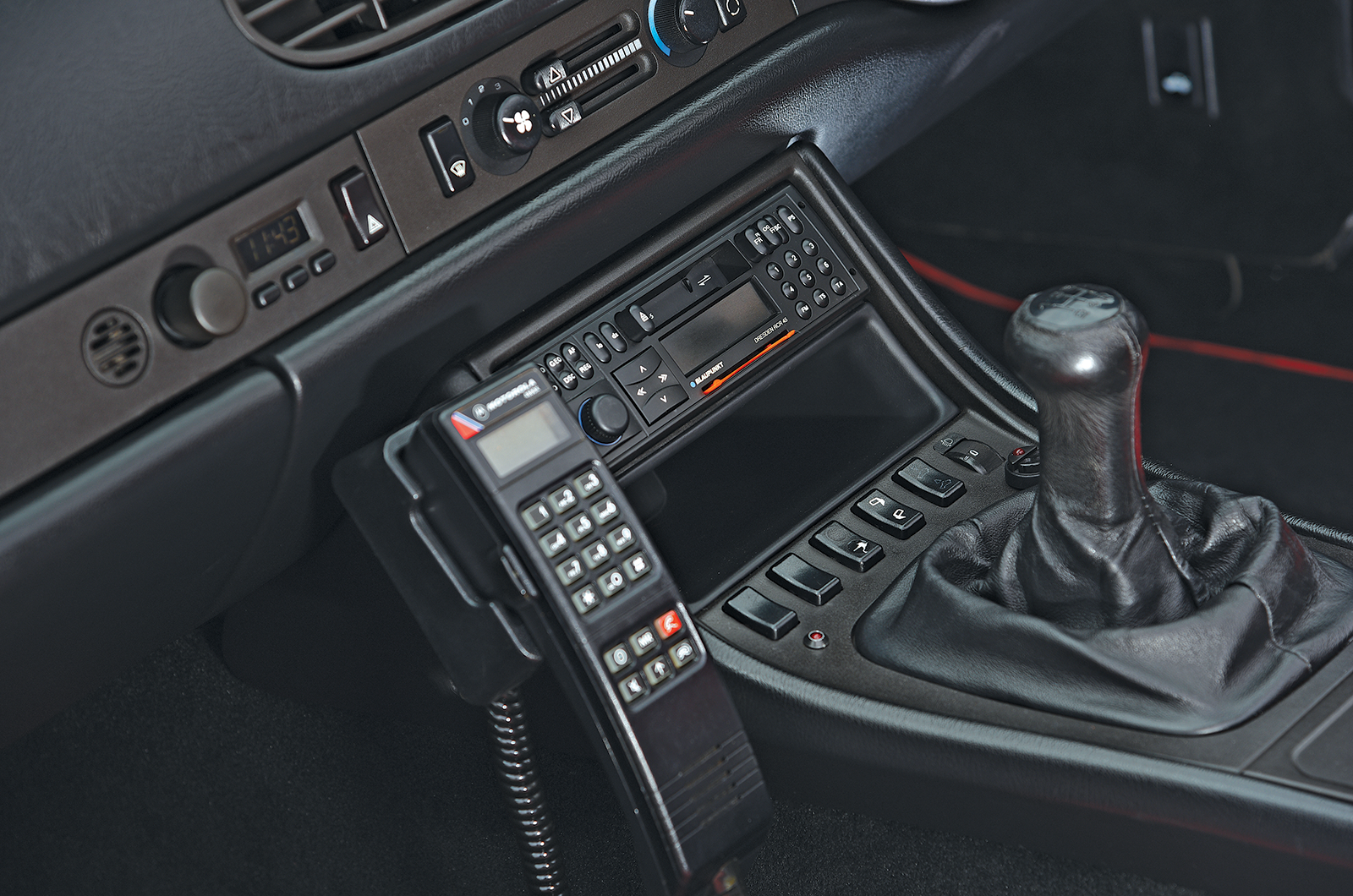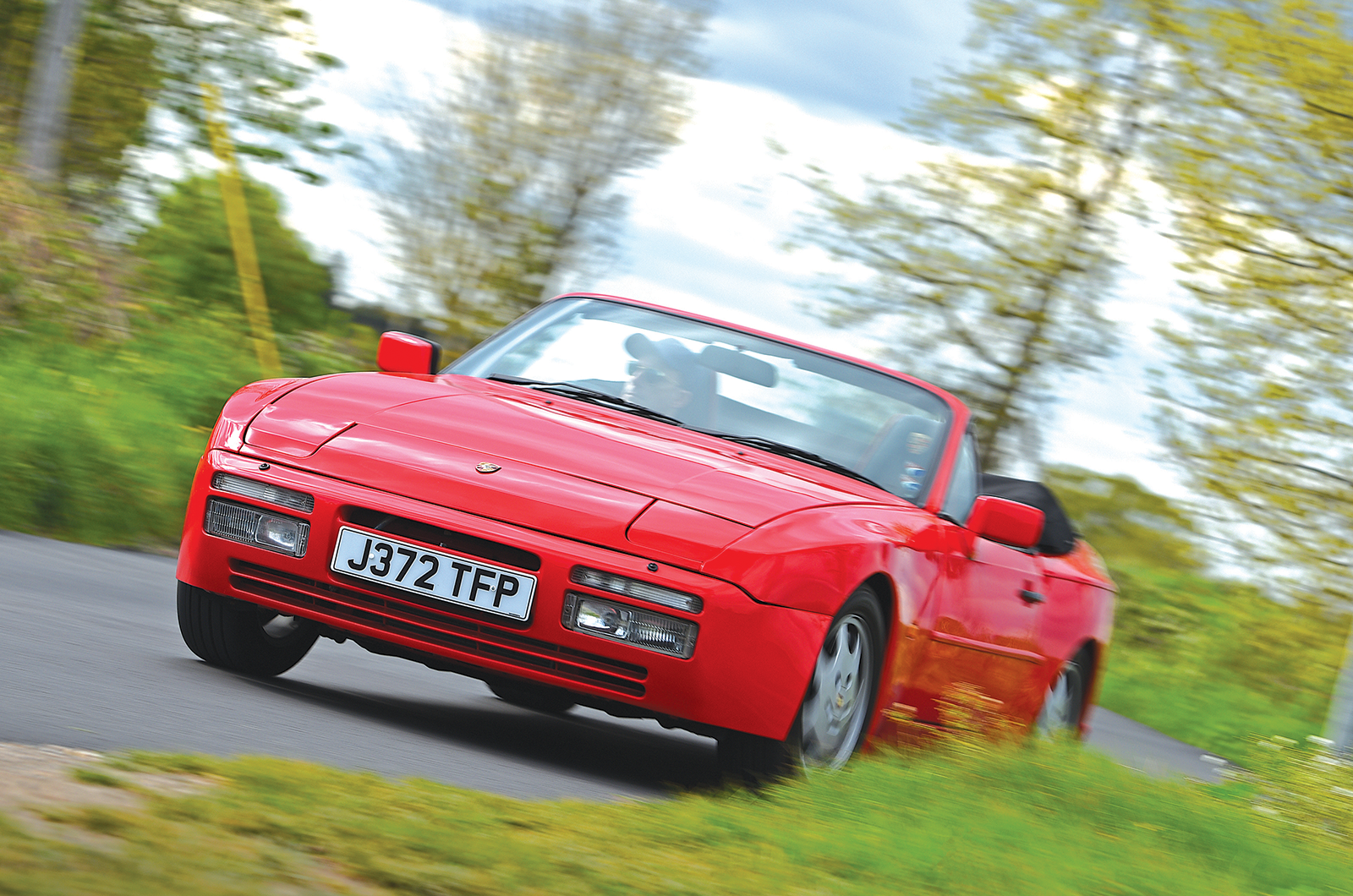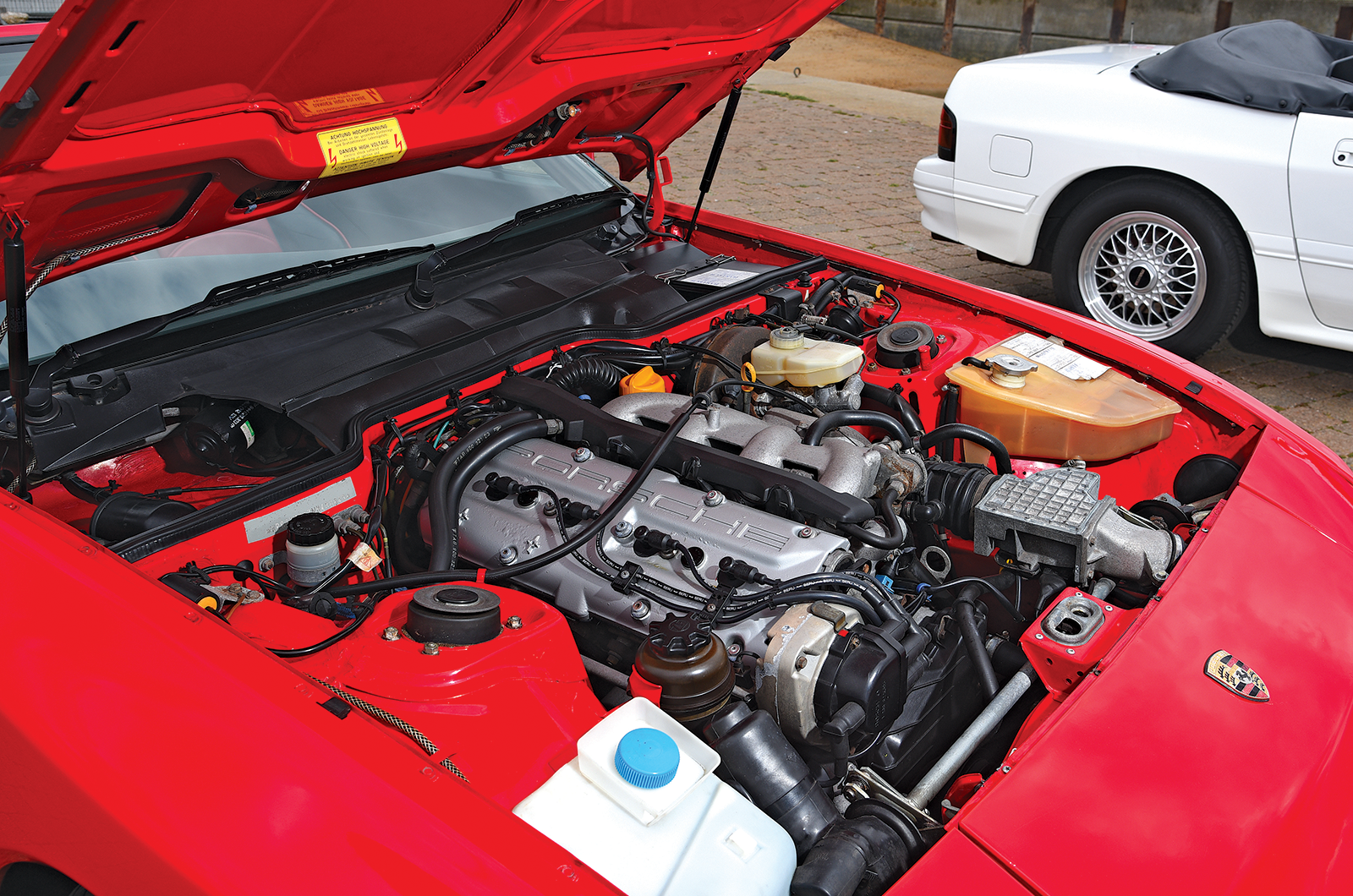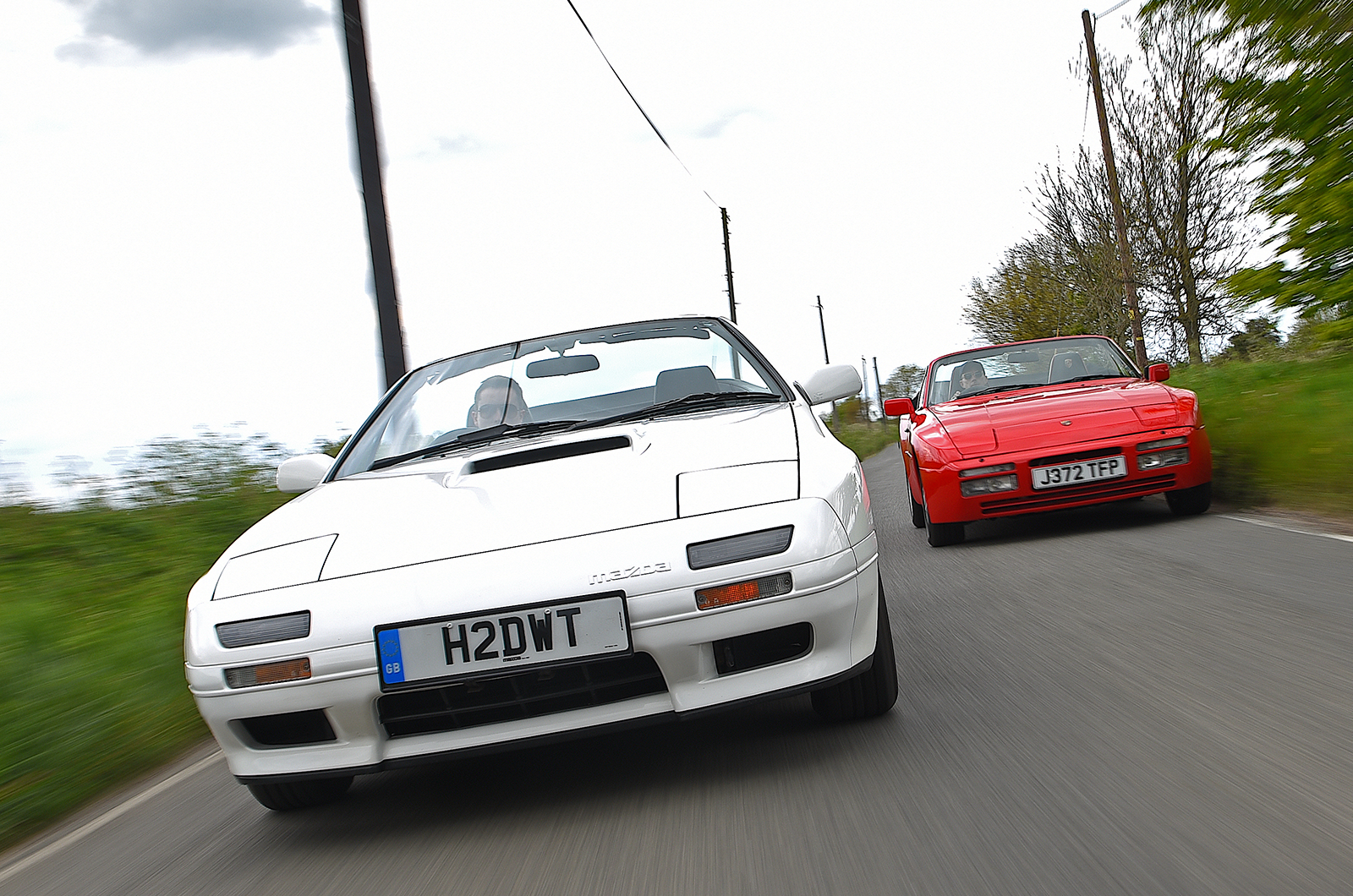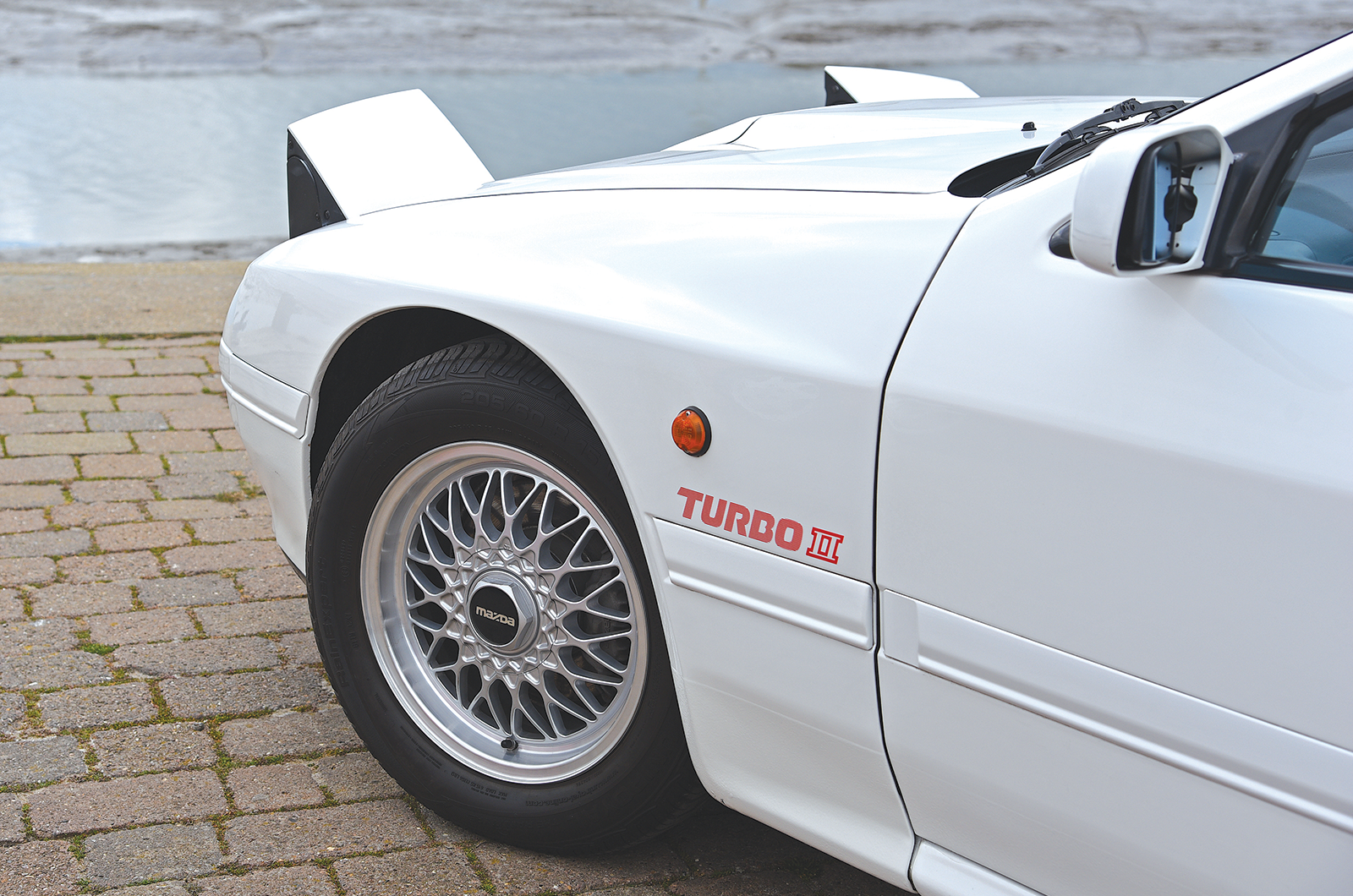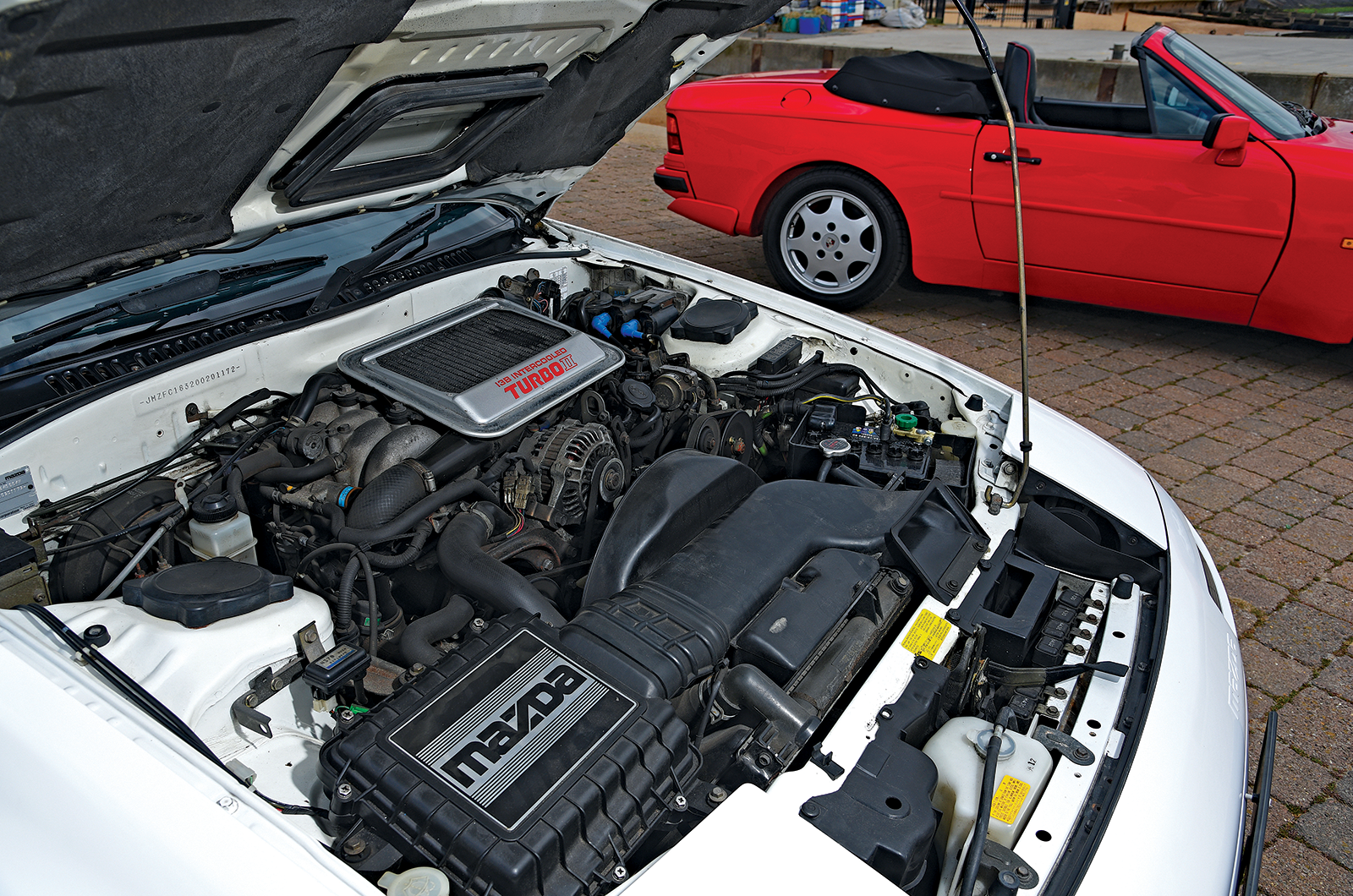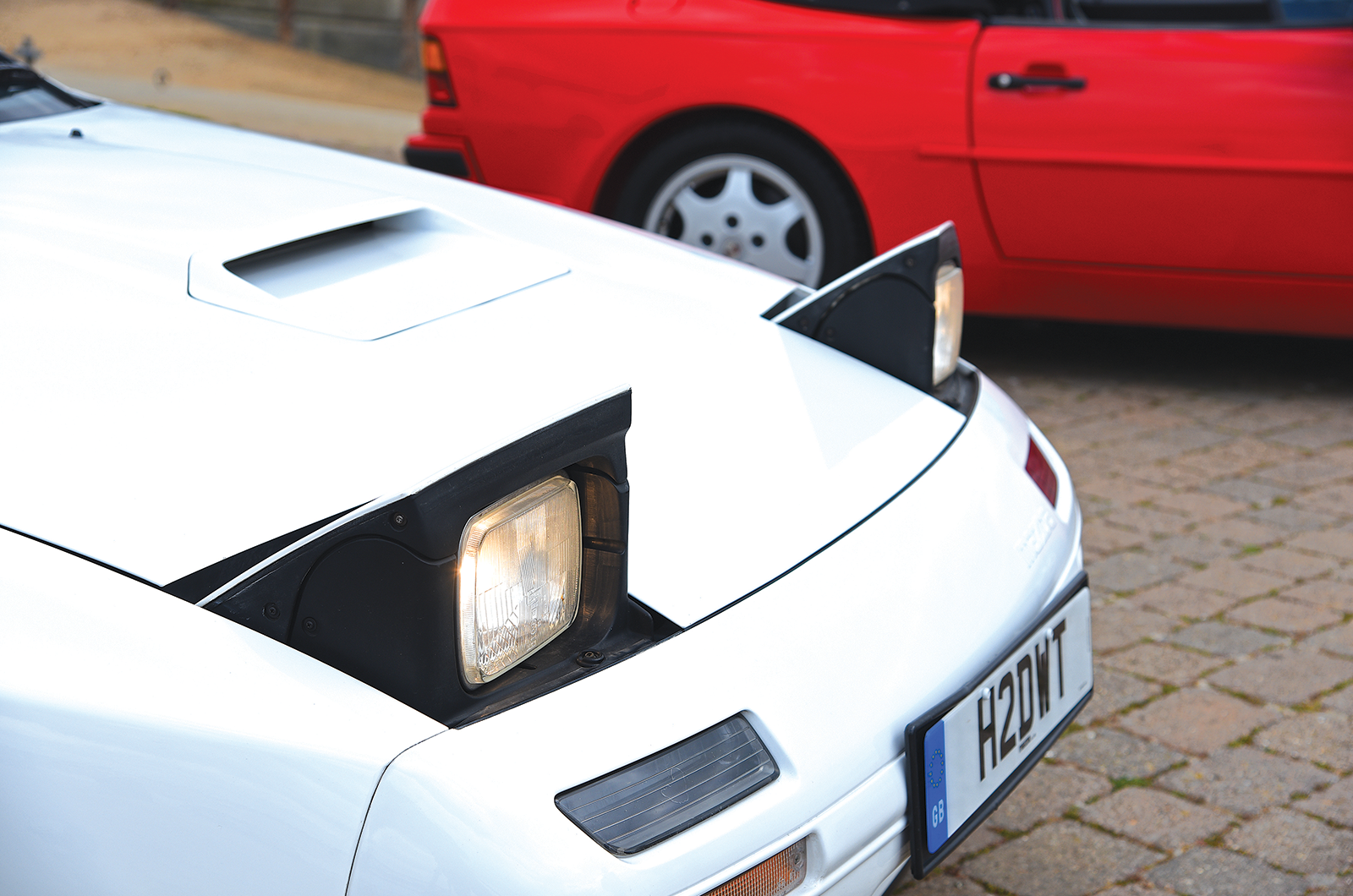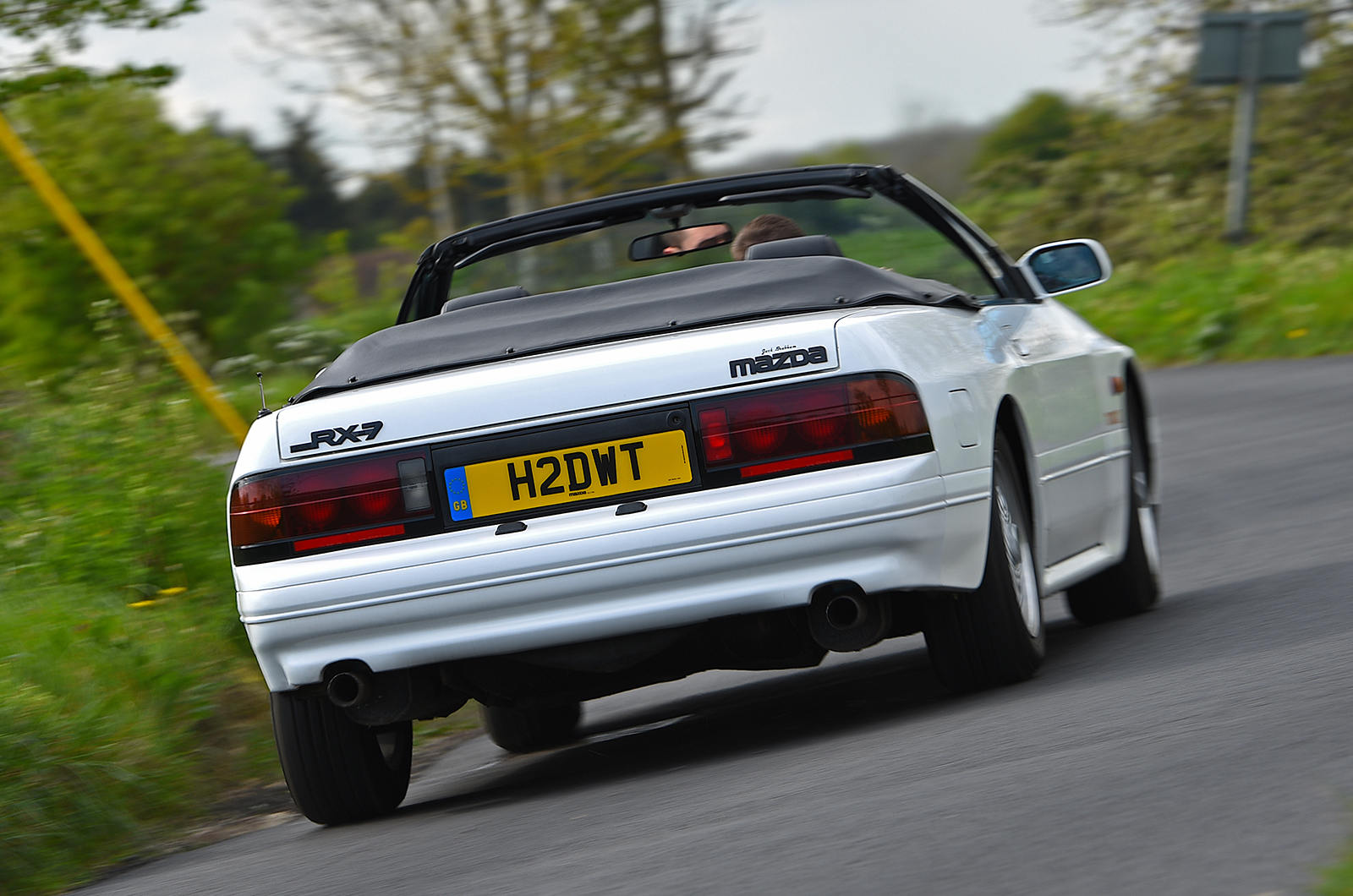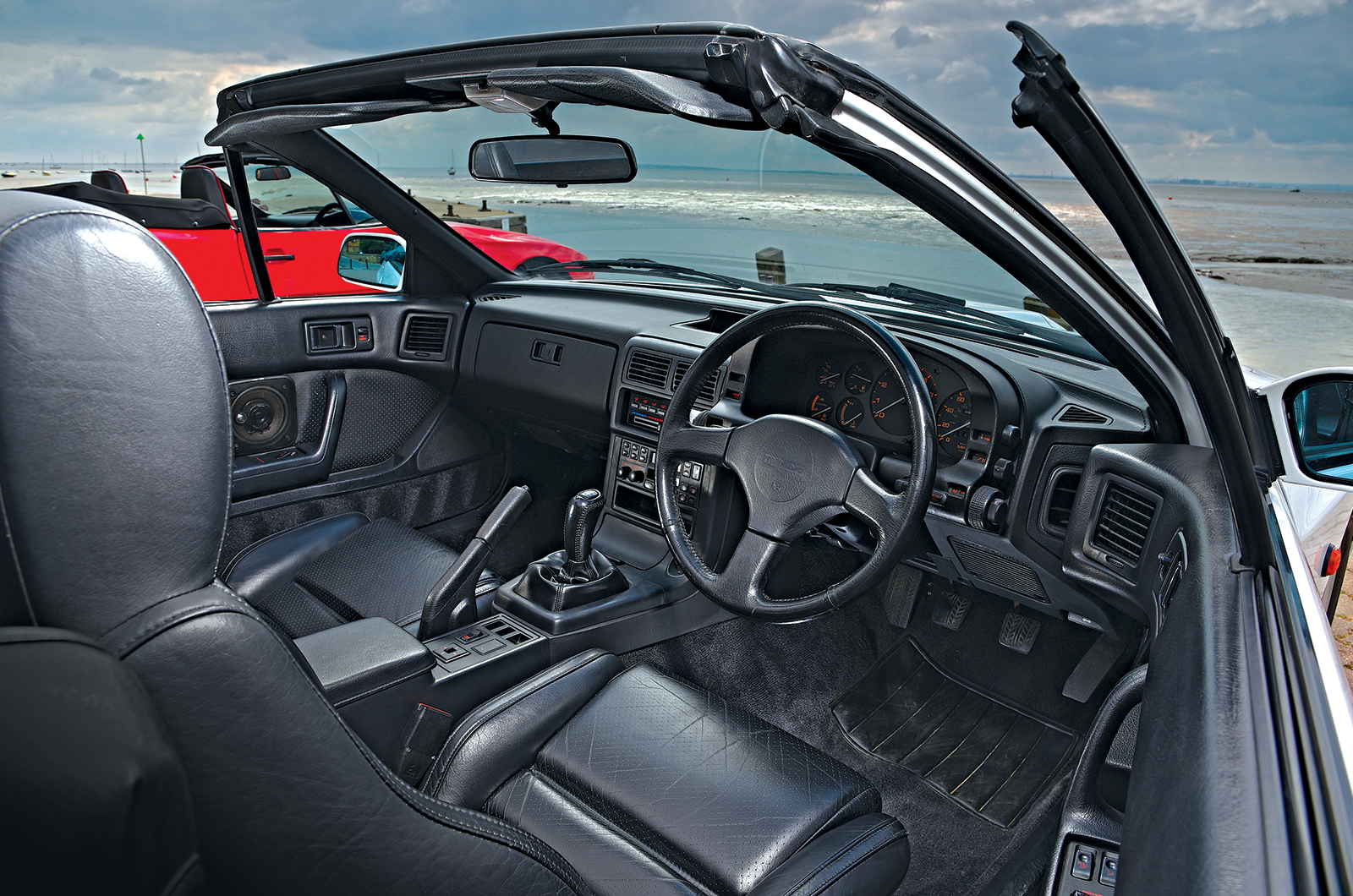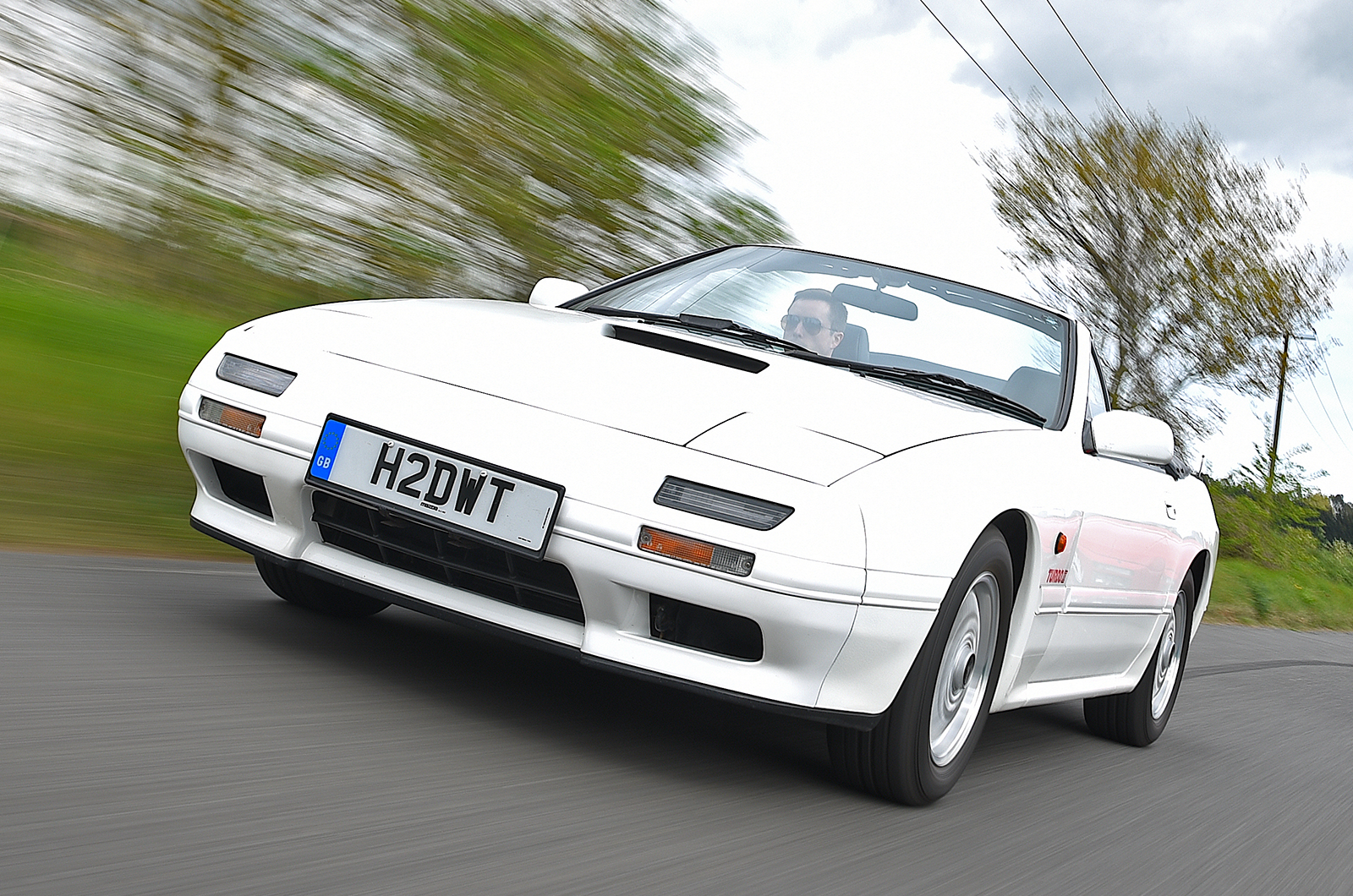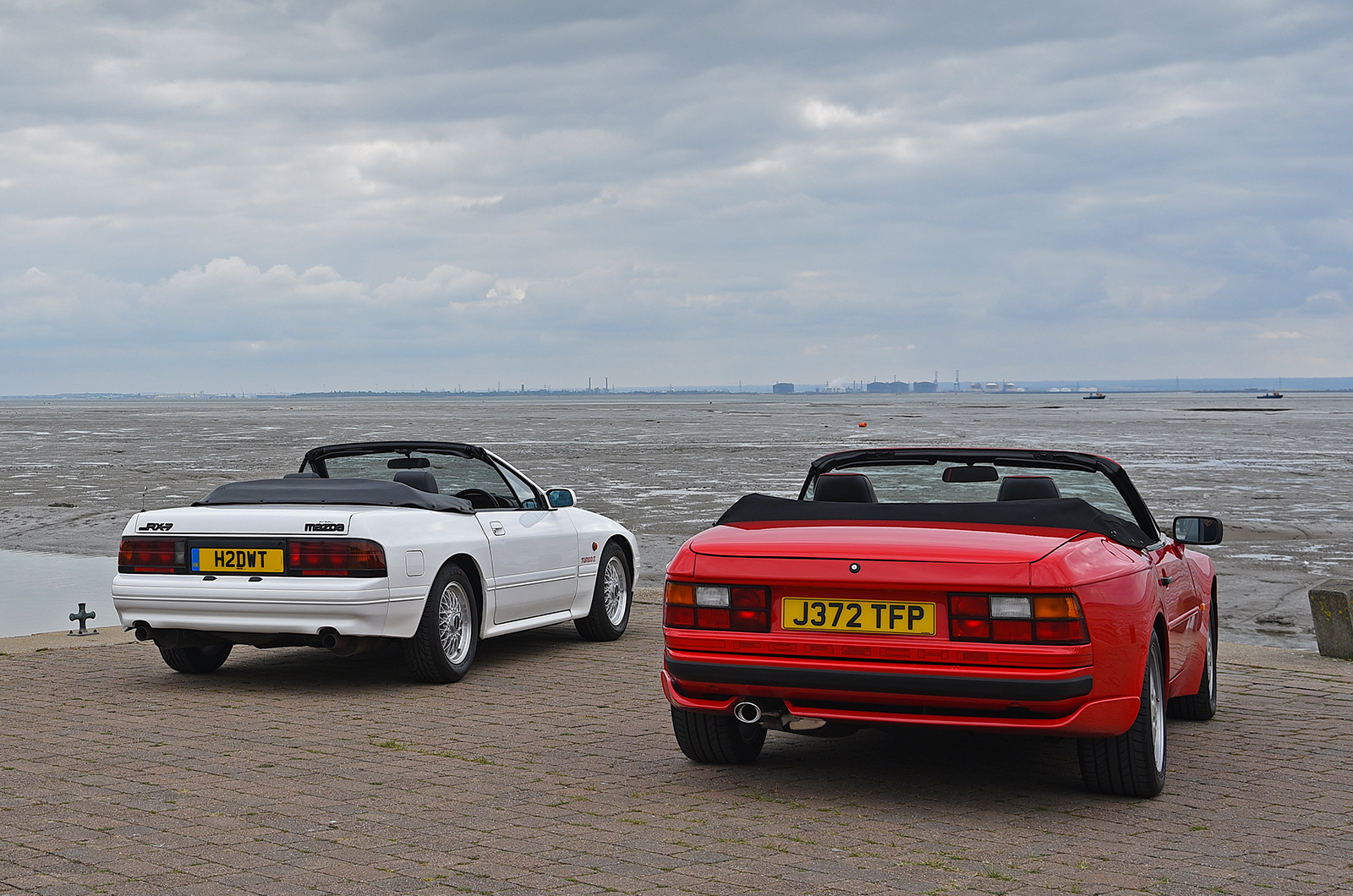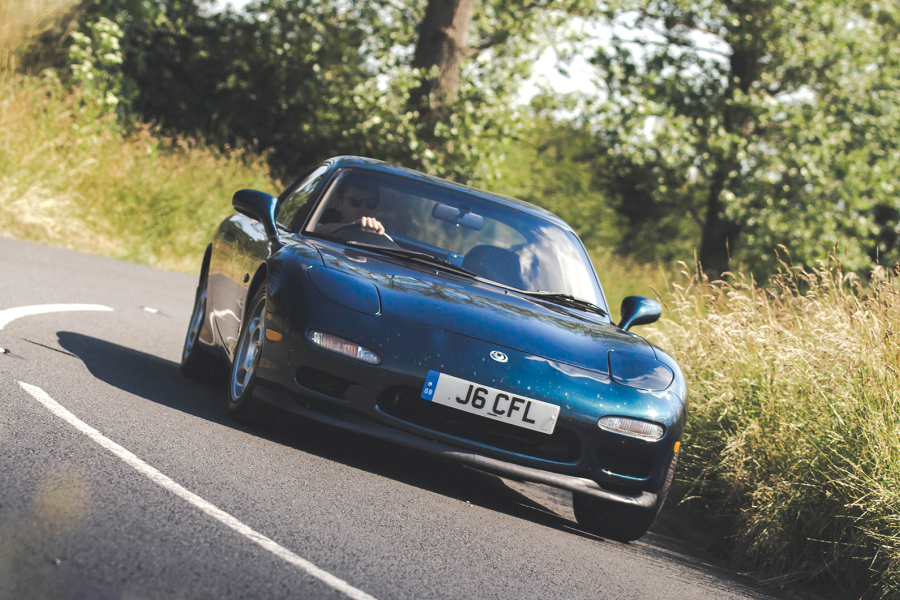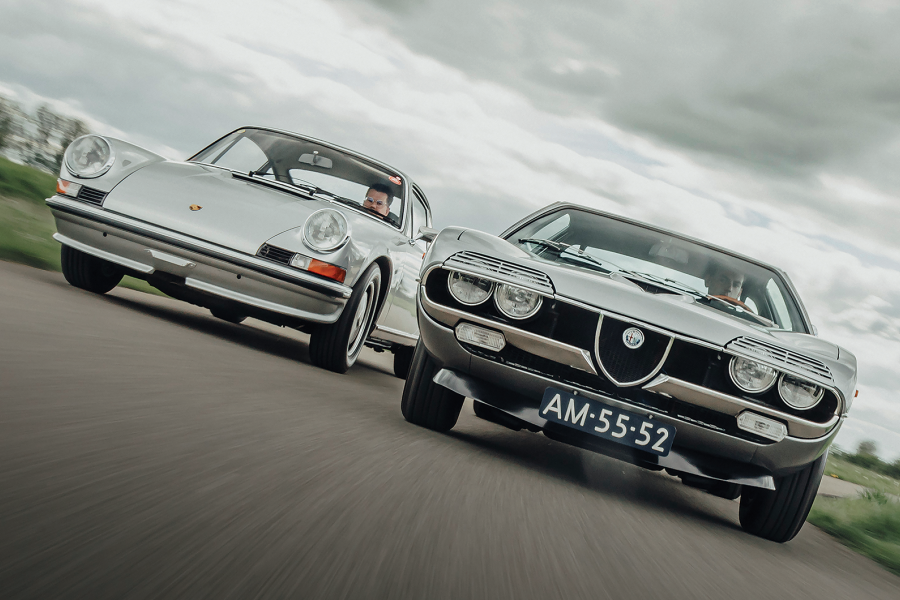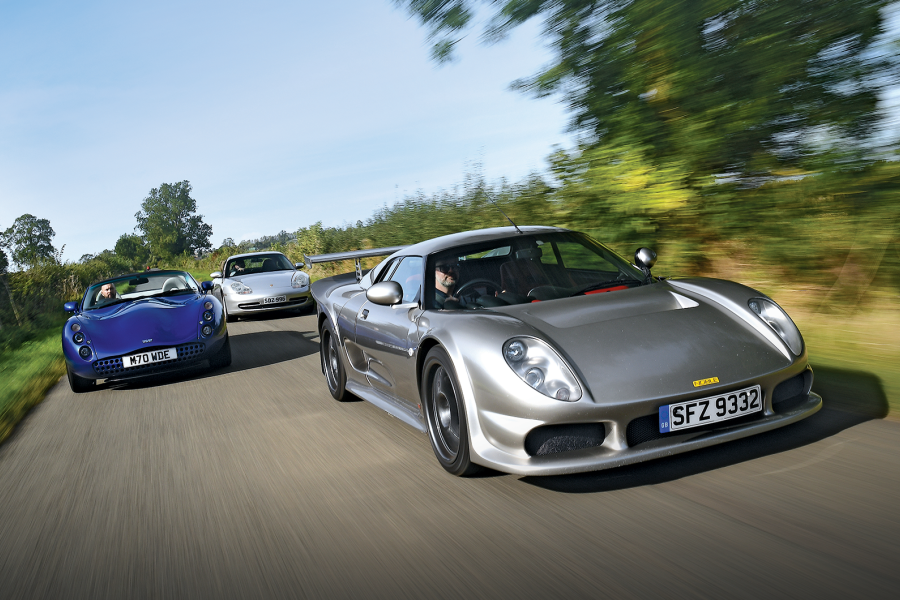It was achieved using computer-controlled pathways in the turbocharger to modulate pressure on its internal blades as the volume of exhaust gas increased, blending seamlessly with the rotary’s inherently flat power band while keeping lag to a minimum – at least by 1980s standards.
Mazda had also been at work on the RX-7’s chassis for this second-generation model.
It developed an early form of multi-link rear suspension by adding a couple of locating links to floating hubs held by semi-trailing arms and marketing it as the Dynamic Tracing Suspension System.
Chassis reinforcement lends a solidity to the convertible Mazda that mirrors that of the Porsche
It resulted in more benign responses than both earlier RX-7s and Porsche’s torsion-bar-suspended rear, but purists complained about geometry tending towards understeer.
The rack-and-pinion steering’s computer-controlled variable assistance was perhaps a step too far into 1980s technological optimism, but its reported tendency to go light as grip falls away does at times manifest itself.
A convertible version was put into the RX-7 FB’s planning from the beginning, and was produced in-house.
The Mazda RX-7’s more cocooning cockpit is the sportier of the two
Comprising both a solid targa central panel and a folding rear fabric section with a heated glass window, this hybrid arrangement requires some boot space – for the targa panel – and willing hands to fold the rear section away, unlike the pushbutton Porsche hood.
But there are speakers in the headrests and a neatly integrated windguard to regain an advantage over the 944’s specification.
Reinforcements were made to the RX-7’s body including bracing behind the engine, rear seats and over the rear suspension struts, and the result is a car that feels just as solid over awkward surfaces as the impressively rigid Porsche.
Headlight controls enhance the RX-7’s ’80s button-fest
As we line up on a quiet jetty at the old fishing port of Leigh-on-Sea, it’s obvious from the RX-7’s profile that Mazda deliberately targeted Porsche’s 944 with the FC-generation car, and even with the altered proportions of the convertibles the resemblance is striking.
The Mazda’s fussy bodykit, BBS wheels and big tail-lights with smoked lenses look like an attempt to get one-up on the Germans, despite it being a game the 944 just wasn’t playing.
It’s easy to be captivated by it, though, particularly when your eyes have already been widened by the bright white paint.
You can almost forget to spot the slightly slab-sided bodywork and chubby front wings that contrast with the Porsche’s finely proportioned athleticism.
‘The Mazda has the sort of playful allure that promises fun and intrigue more than high culture’
The 944 doesn’t need showy details – its alloy wheels almost verge on the boring – but it looks and feels right.
It’s difficult to pinpoint exactly what it is about Porsche’s transaxle convertible that so appeals, and then the driving experience reflects every carefully chosen line.
It’s clearly the more resolved sports car underneath, but with the roof off, the Mazda has the sort of playful allure that promises fun and intrigue more than high culture.
A bit like those old gaming machines, it’s difficult to deny thoughts about finding a place for your own.
Images: Will Williams
Thanks to: Mazda Motors UK and Porsche 944 owner Steven Ball
Factfiles
Porsche 944 S2 Cabriolet
- Sold/number built 1989-’91/5656
- Construction steel monocoque
- Engine all-alloy, dohc 2990cc ‘four’, Bosch Motronic 2 fuel injection
- Max power 208bhp @ 5800rpm
- Max torque 207lb ft @ 4000rpm
- Transmission five-speed manual, RWD
- Suspension independent, at front by MacPherson struts rear torsion bars, telescopic dampers; anti-roll bar f/r
- Steering power-assisted rack and pinion
- Brakes discs, with servo
- Length 13ft 9½in (4200mm)
- Width 5ft 8¼in (1735mm)
- Height 4ft 2¼in (1275mm)
- Wheelbase 7ft 10½in (2400mm)
- Weight 2954lb (1340kg)
- 0-60mph 7.1 secs
- Top speed 149mph
- Mpg 28
- Price new £39,713 (1989)
- Price now £10-20,000*
Mazda RX-7 Cabriolet
- Sold/number built 1985-’92/272,027 (all FC RX-7s)
- Construction steel monocoque
- Engine cast-iron rotors, alloy rotor housing with chrome-molybdenum plating, six-port 2616cc twin-rotor, two fuel injectors per chamber
- Max power 197bhp @ 6500rpm
- Max torque 195lb ft @ 3500rpm
- Transmission five-speed manual, RWD
- Suspension independent, at front by MacPherson struts rear multi-link, semi-trailing arms, coil springs, telescopic dampers; anti-roll bar f/r
- Steering variable-rate power-assisted rack and pinion
- Brakes discs, with servo
- Length 14ft 1¾in (4315mm)
- Width 5ft 6½in (1690mm)
- Height 4ft 1¾in (1265mm)
- Wheelbase 7ft 11¾in (2430mm)
- Weight 2976lb (1350kg)
- 0-60mph 6.7 secs
- Top speed 149mph
- Mpg 24
- Price new £25,544 (1989)
- Price now £5-9000*
*Prices correct at date of original publication
Enjoy more of the world’s best classic car content every month when you subscribe to C&SC – get our latest deals here
READ MORE
Mazda RX500: a step into the unknown
Buyer’s guide: Porsche 944
Rotary club: Mazda Cosmo, NSU & Citroën
Porsche Speedsters: California dream machines
Aaron McKay
Aaron is Classic & Sports Car’s Deputy Editor

